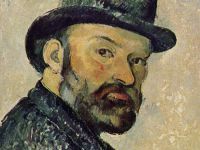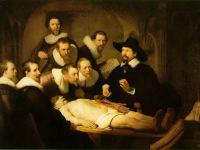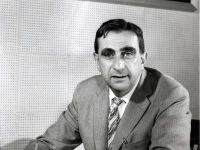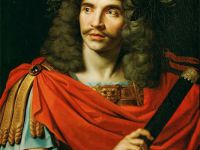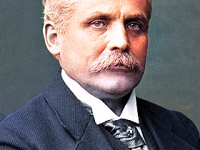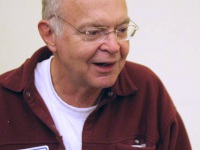Alexandre-Émile Béguyer de Chancourtois and the Order of the Chemical Elements
On January 20, 1820, French geologist and mineralogist Alexandre-Émile Béguyer de Chancourtois was born. De Chancourtois was the first to arrange the chemical elements in order of atomic weights in 1862. De Chancourtois only published his paper, but did not publish his actual graph with the irregular arrangement. Although his publication was significant, it was ignored by chemists as it was written in terms of geology. It was Dmitri Mendeleev’s table published in 1869…
Read more












